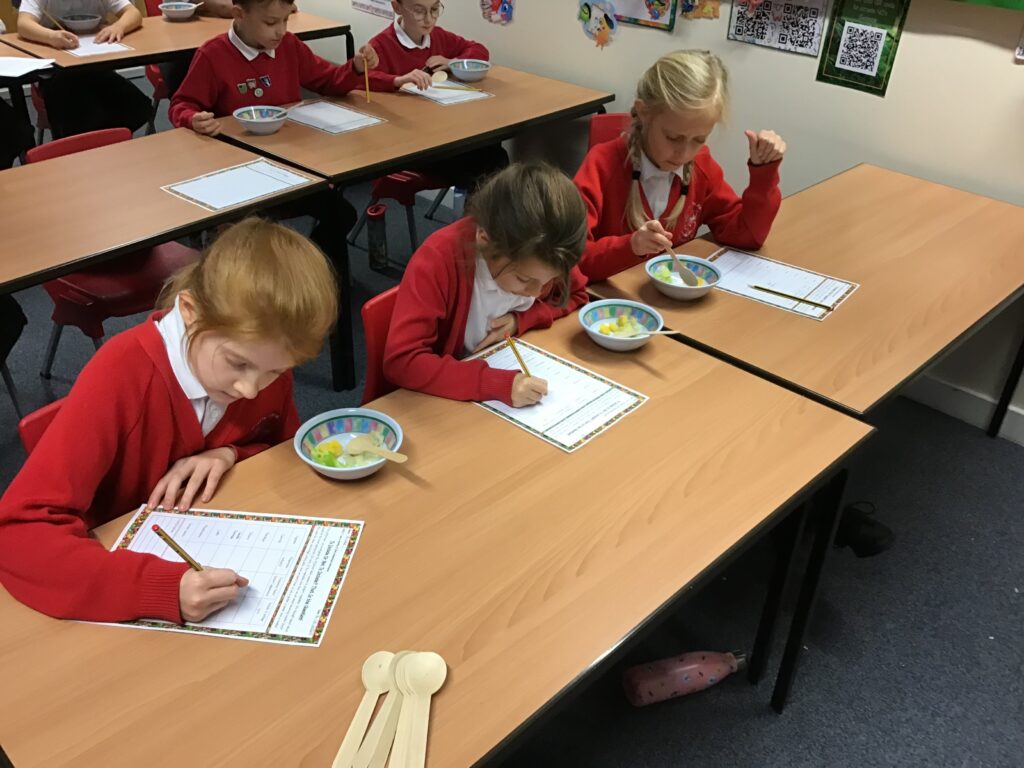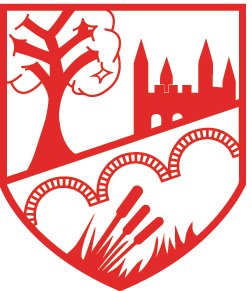Welcome to Bourne Elsea Park C of E Primary Academy
Find Out MoreThe DT Curriculum at Bourne Elsea Park

Wherever we look, evidence of design is all around us. From chairs to hospital equipment, from clothes to websites, from advertisements on the side of a bus to playground equipment, everything has been designed. This curriculum aims to inspire students to think about the important and integral role which design and the creation of designed products play in our society.
The curriculum is split into three different areas:
• Cook
• Sew
• Build
It is designed so that each year group will complete a unit of work in these three different areas once a year. In recognition of limited time and competing curriculum demands in the primary school setting, each unit has been devised to be taught over a single day or two half days. ‘Cook’ units are split into two, and we may choose to distribute delivery of these two sessions over two longer sessions.
Two different ‘aspects’ of design are interwoven into the three areas of study: the environment and sustainability, and enterprise and innovation. These ‘aspects’ acknowledge enduring and contemporary concerns of modern design. Each unit specifies the concepts and skills which the students are expected to learn over the course of a unit. These concepts and skills progress gradually throughout the course of the six years of study.
• In ‘cook’ students learn to cook from recipes which gradually build basic culinary skills. Whilst studying these practical skills they learn about concepts relating to food such as nutrition, seasonality, food production, transportation and food from different cultures. In each session the children cook from one recipe.
• In ‘sew’ students practise using fabric and thread to learn basic sewing techniques to create objects which demonstrate embroidery, appliqué, weaving and plaiting. Concepts such as the properties and creation of different fabrics, fast fashion, industrialisation, waste, recycling and pollution are interwoven into these activities.
• In ‘build’ students learn about the creation of structures and mechanical and electrical devices to create products such as cars, moving cards, toys and books. Once again, the practical process of designing and creating a product is interleaved with learning about concepts which have a bearing on what the students make. These concepts, for example force, motion and the properties of materials are often connected with those encountered in the science curriculum.
